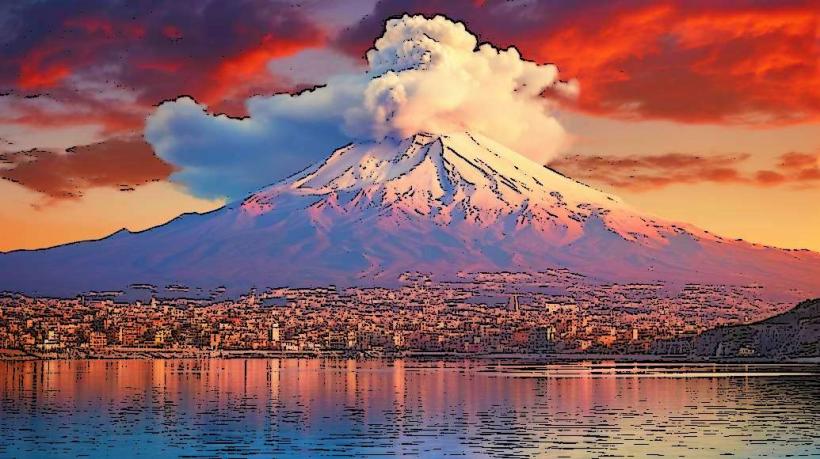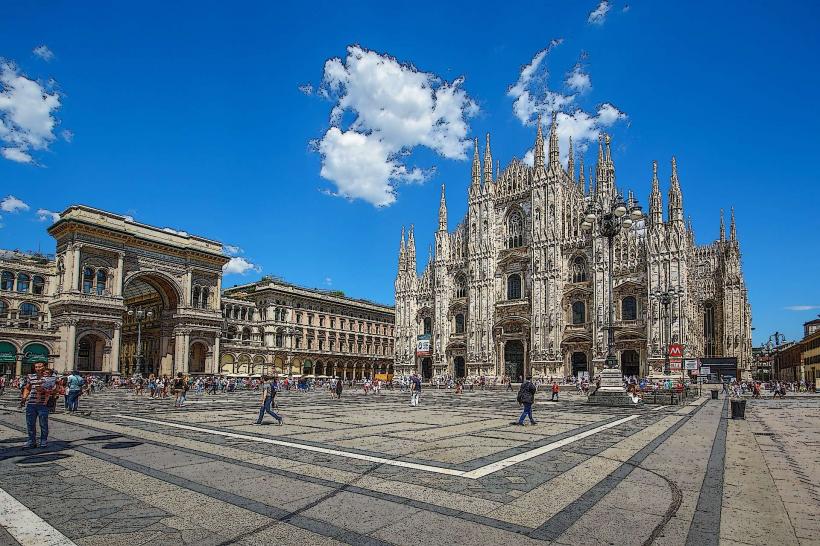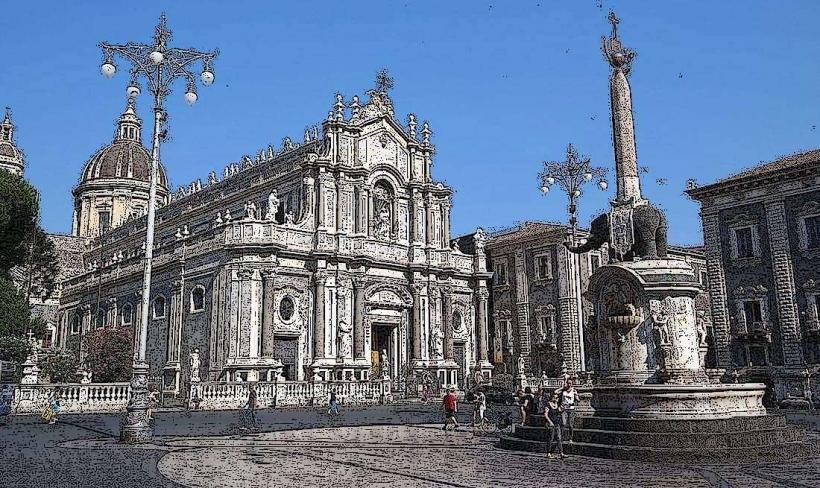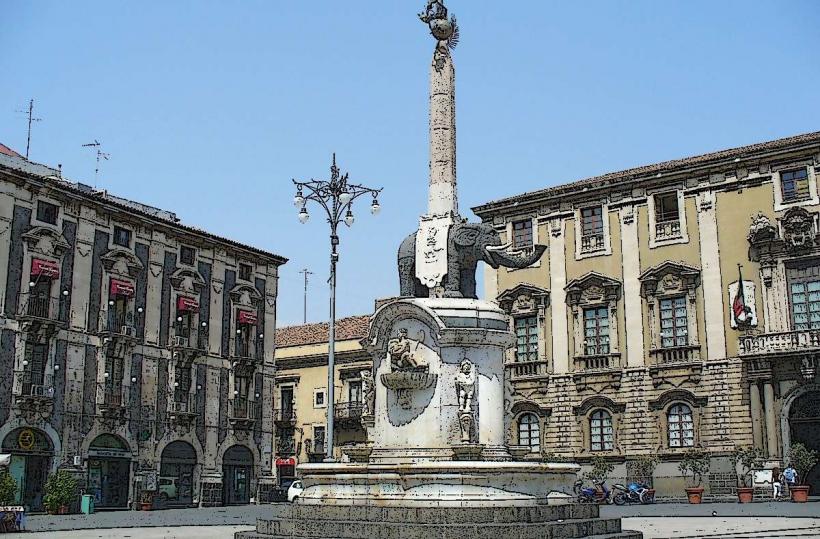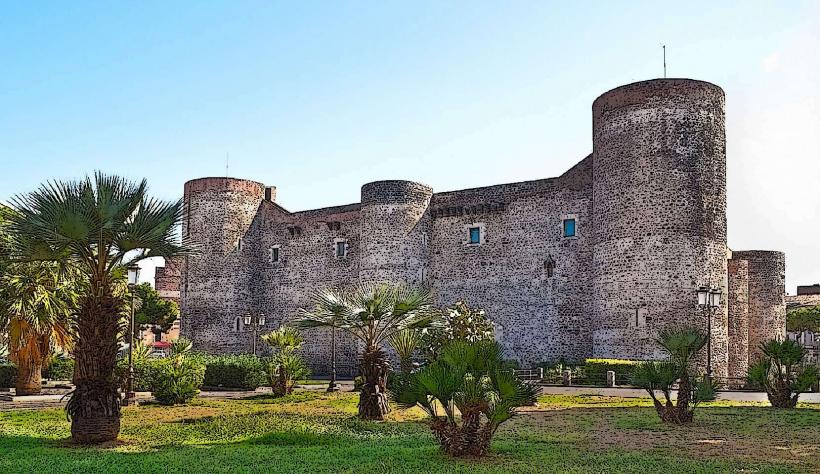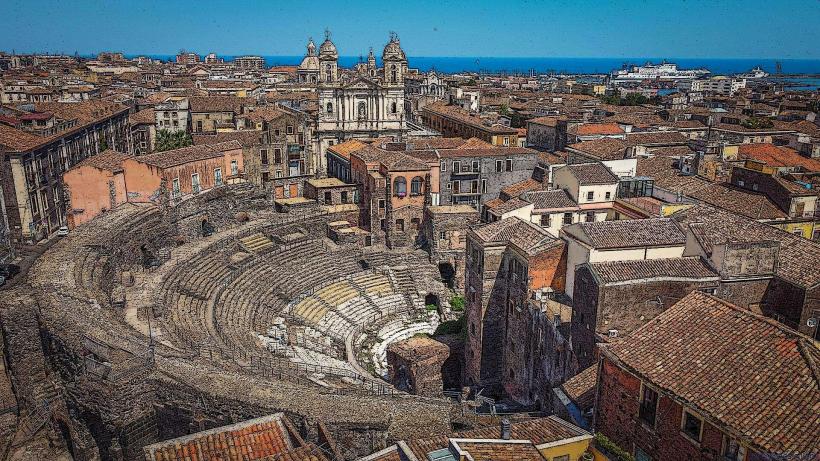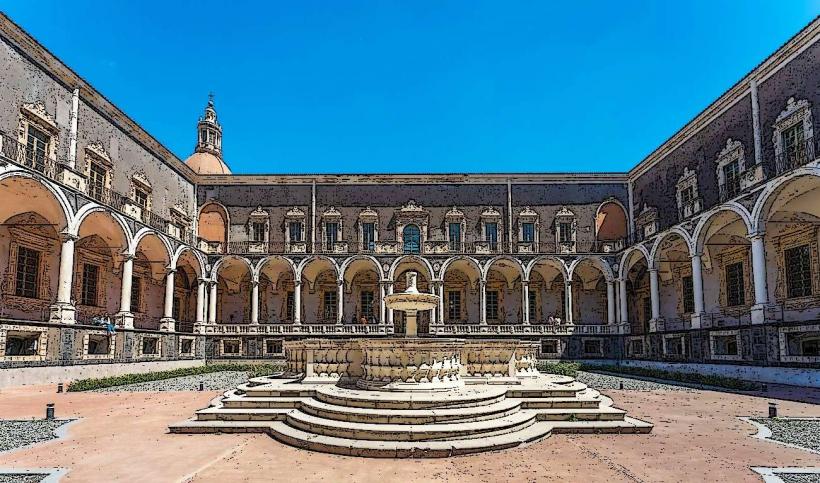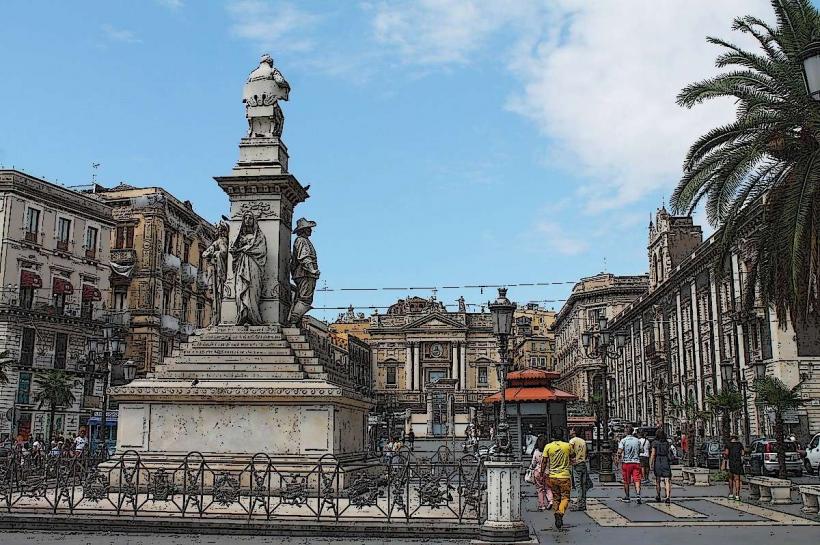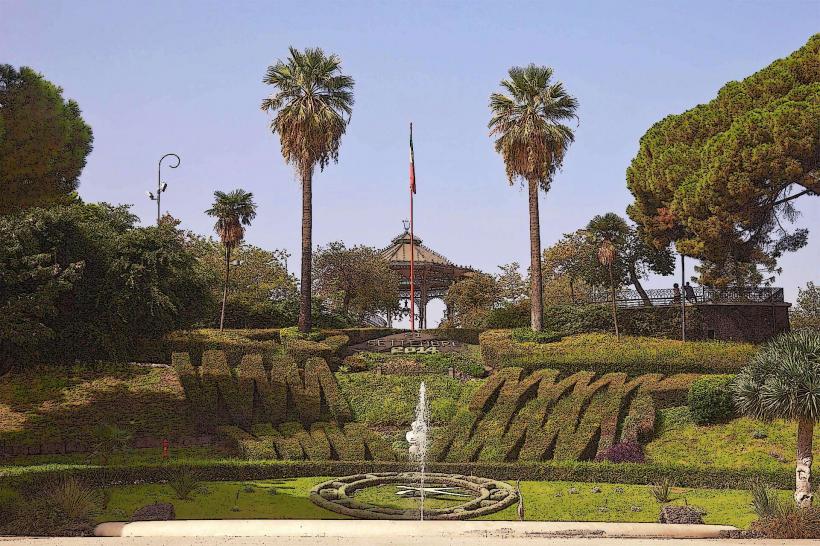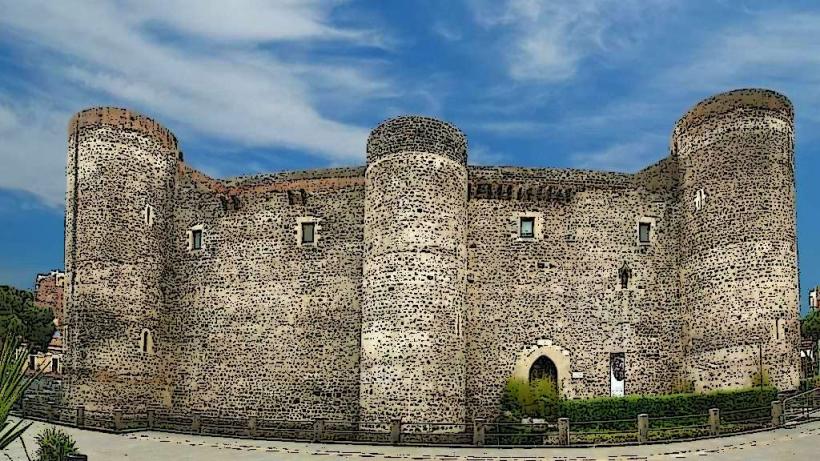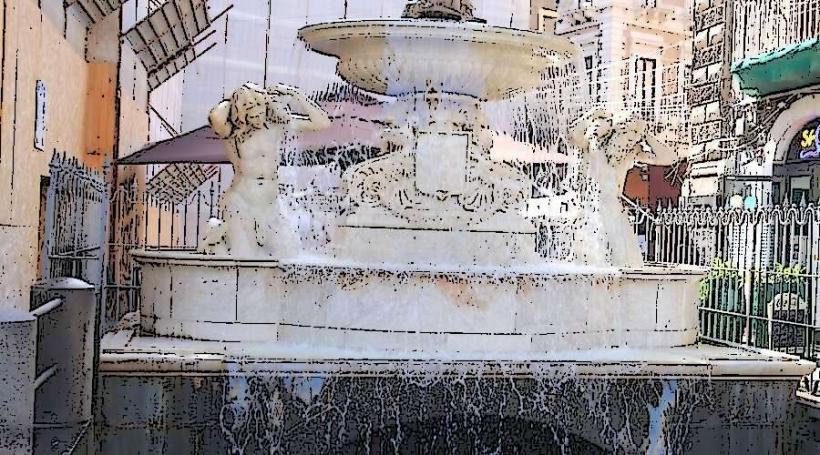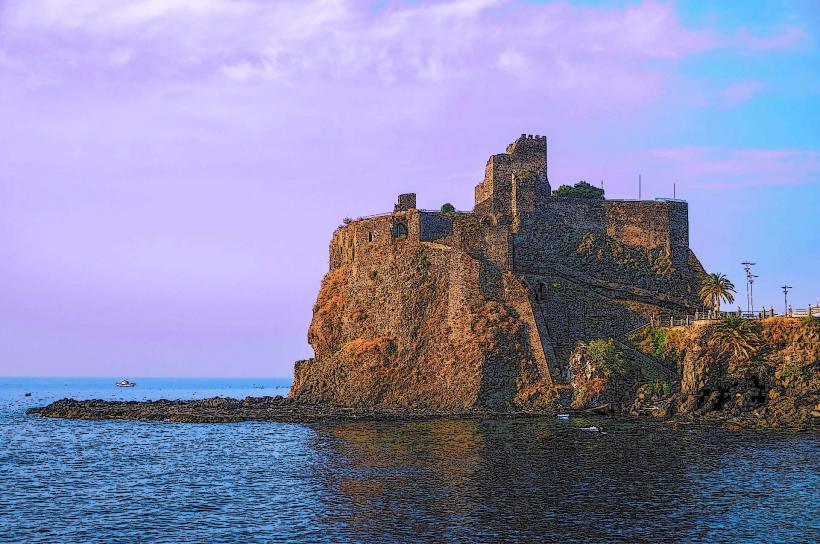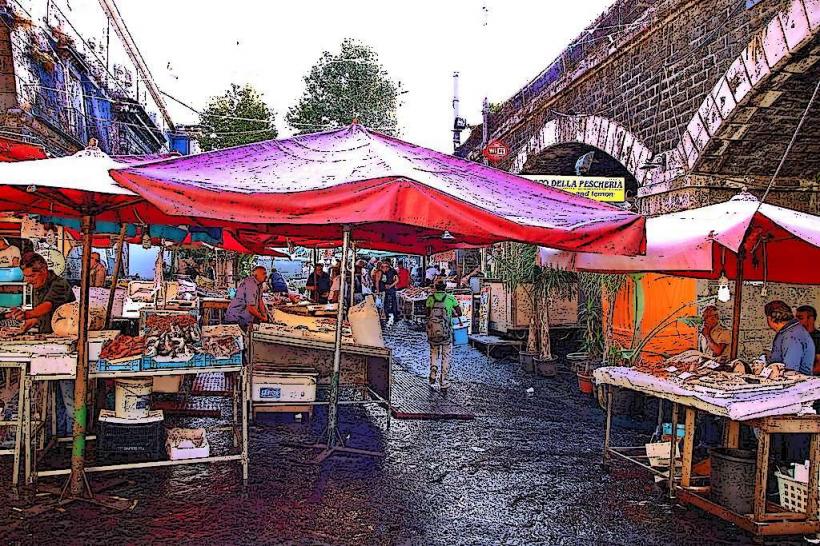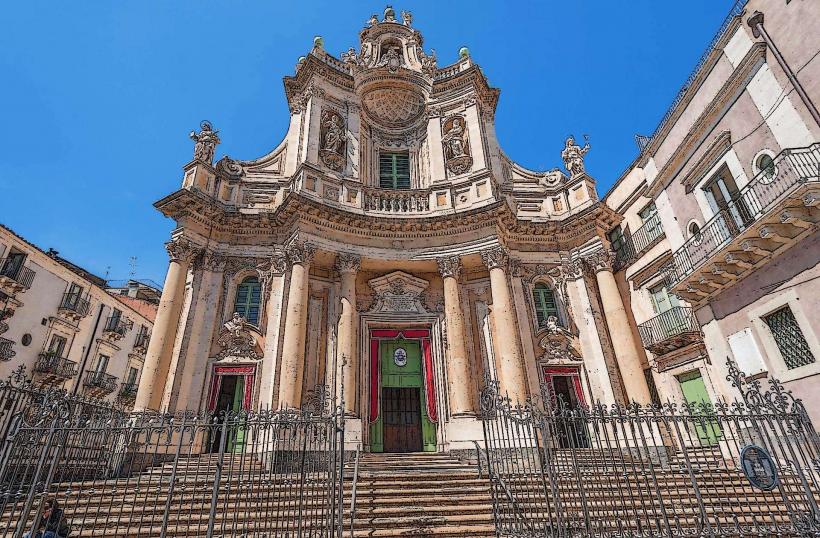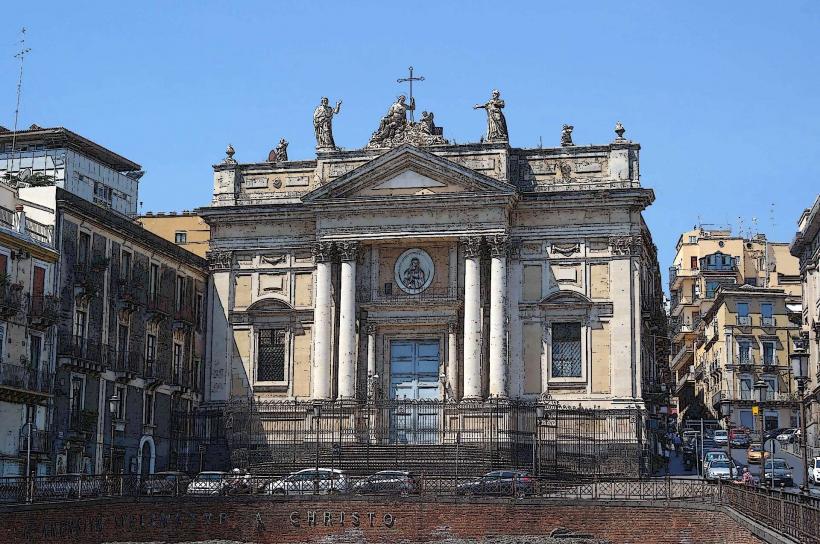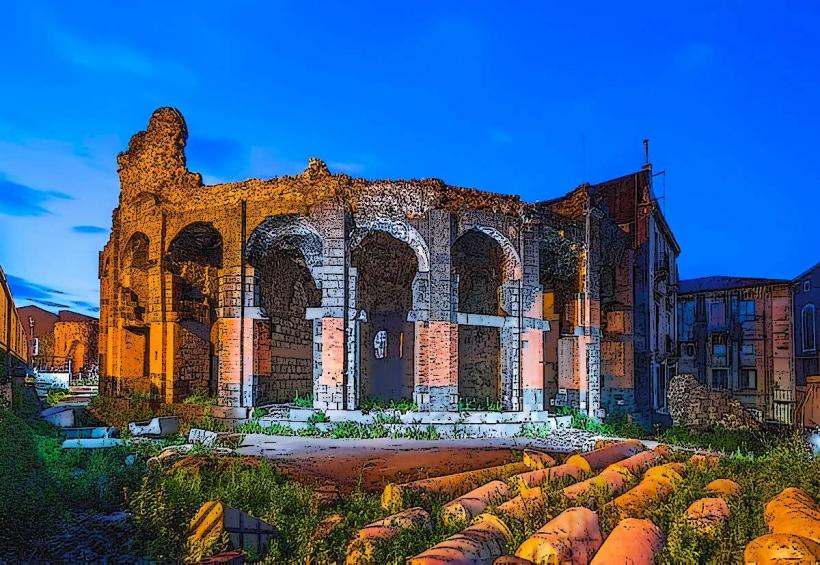Information
Landmark: Via EtneaCity: Catania
Country: Italy
Continent: Europe
Via Etnea is one of Catania's most important and vibrant streets, stretching from the southern part of the city to the foothills of Mount Etna. It serves as both a major thoroughfare and a central hub of cultural, social, and commercial life in the city. Here's a detailed overview of Via Etnea:
1. Historical Background
- Origins: The street's name, Via Etnea, derives from its connection to Mount Etna, the iconic active volcano that looms over the city. The road itself dates back to ancient times, although its current form has evolved over centuries as the city expanded and developed.
- Roman Influence: In antiquity, Catania was an important Roman city, and roads like Via Etnea likely existed in some form during the Roman era, though much of the street as we know it today was shaped during the Baroque period. Over time, it became one of the main arteries of the city, linking key areas and landmarks.
2. Geography and Layout
- Length and Route: Via Etnea runs through the city center, starting from Piazza del Duomo in the south and extending towards the northern suburbs near the foot of Mount Etna. It is one of the longest streets in Catania, spanning approximately 3 kilometers.
- Orientation: The street runs north-south, with the southern end near the Piazza del Duomo (home to Catania Cathedral) and the Elephant Fountain. As you move north, Via Etnea passes through several important neighborhoods, squares, and historic sites.
3. Architectural Features
- Baroque Architecture: Much of Via Etnea is lined with Baroque-style buildings, reflecting Catania's reconstruction after the devastating 1693 earthquake. The city was rebuilt in the Baroque style, and Via Etnea showcases the ornate facades, balconies, and decorative elements typical of this architectural movement.
- Piazza Stesicoro: One of the most notable squares along Via Etnea is Piazza Stesicoro, located near the midpoint of the street. Here, visitors can find the Roman amphitheater and the Monument to the Fallen, both of which add to the historical character of the area.
- Shops and Buildings: The street is lined with a combination of elegant boutiques, cafés, restaurants, and historical buildings. The buildings range from 18th-century Baroque palaces to more contemporary styles, creating a dynamic blend of architectural periods.
4. Cultural and Social Importance
- Cultural Hub: Via Etnea is the heart of Catania's cultural and social life. It is a major shopping street, home to numerous shops selling everything from high-end fashion to traditional Sicilian products. It also features numerous cafés, where locals and tourists alike gather to enjoy Sicilian pastries and coffee.
- Events and Festivals: Via Etnea is often the center of various local events and festivals, such as the Feast of Saint Agatha (Catania’s patron saint), which takes place in February. During the feast, the street becomes filled with processions, performances, and celebratory activities.
- Pedestrian-Friendly: In recent years, parts of Via Etnea have been made more pedestrian-friendly, allowing visitors to leisurely stroll along the street and explore its many shops, cafés, and historical sites.
5. Notable Landmarks along Via Etnea
- Piazza del Duomo: At the southern end of Via Etnea, Piazza del Duomo is home to the Catania Cathedral (Cattedrale di Sant'Agata), the Elephant Fountain (Fontana dell'Elefante), and the Palazzo degli Elefanti (Town Hall). This square is the heart of Catania’s historical center.
- Piazza Stesicoro: As you move north along Via Etnea, you'll come to Piazza Stesicoro, which features the remains of the Roman amphitheater, one of the largest in Sicily. This square is also a popular meeting point and home to many historical monuments.
- Villa Bellini: Located further north, this public park is a beautiful green space with fountains, statues, and pathways. It is a popular place for both locals and tourists to relax.
- Palazzo dell'Università: Located near Piazza Università, this Baroque palace houses the University of Catania, one of the oldest universities in Sicily, contributing to the intellectual life of the city.
- Via Crociferi: This charming side street, branching off from Via Etnea, is home to several Baroque churches and is a UNESCO World Heritage Site. It is known for its historical and architectural significance.
- Monastero dei Benedettini: As you head further north along Via Etnea, you’ll reach the Benedictine Monastery of San Nicolò l'Arena, one of the largest and most impressive Benedictine monasteries in Europe.
6. Tourism and Shopping
- Shopping: Via Etnea is a popular shopping street, offering a variety of options, from boutiques selling high-end fashion to stores selling Sicilian specialties like ceramics, jewelry, and local wines. It is also home to several department stores and shopping centers, making it a great place to shop for both luxury and everyday items.
- Cafés and Restaurants: The street is dotted with cafés and restaurants that offer traditional Sicilian cuisine, such as arancini (fried rice balls), granita (a refreshing ice dessert), and cannoli (sweet ricotta-filled pastries). Many of these establishments have outdoor seating, providing a great opportunity to relax and people-watch while enjoying local delicacies.
- Cultural Attractions: Aside from the historical landmarks, Via Etnea is close to several museums and galleries, including the Museo Civico and the Museo Diocesano. These museums offer insight into Catania’s art, history, and religious heritage.
7. Conclusion
Via Etnea is the vibrant heart of Catania, offering a blend of historical significance, cultural vibrancy, and modern amenities. It serves as a vital connection between the city’s past and present, showcasing the Baroque architecture of Catania while also serving as a hub for shopping, dining, and entertainment. Whether you’re exploring the ancient Roman ruins, enjoying the local cuisine, or shopping for Sicilian crafts, Via Etnea offers something for everyone and is an essential part of the Catania experience.

